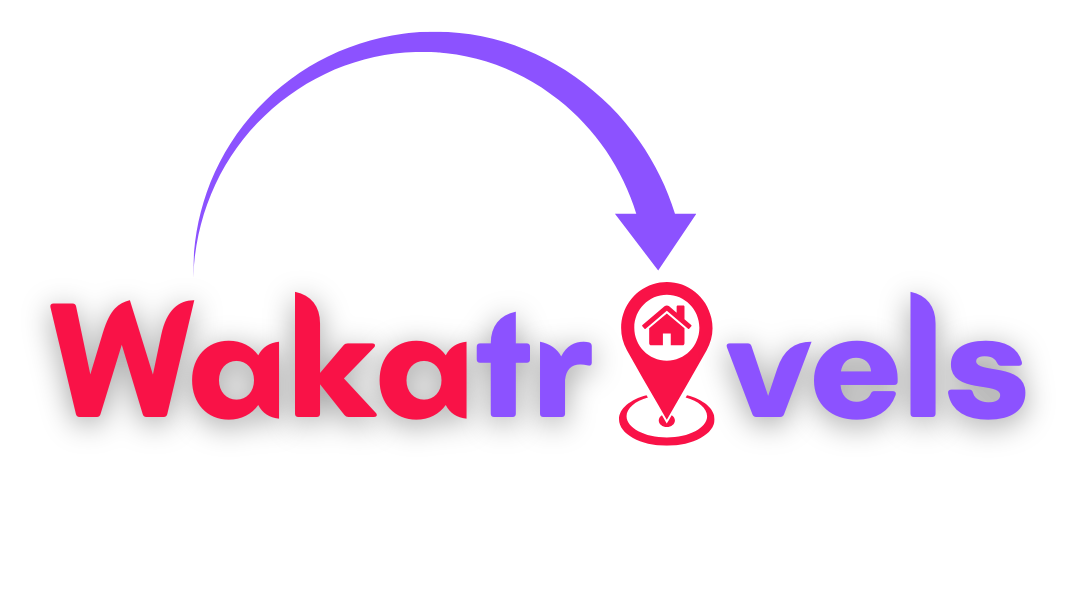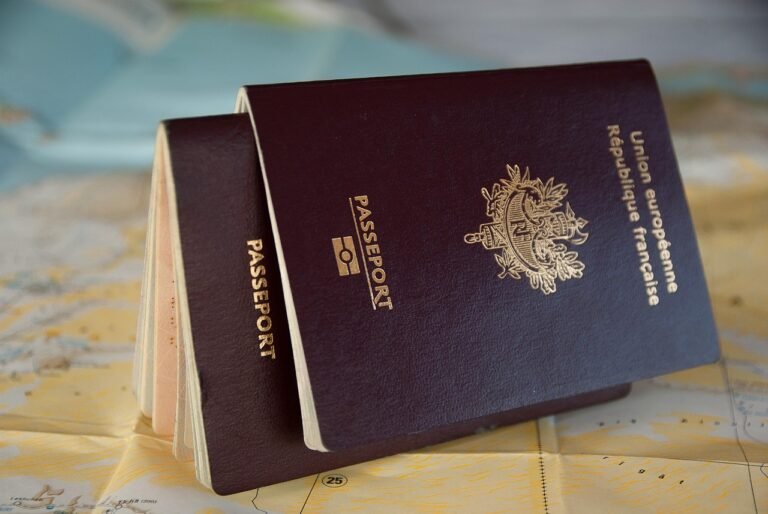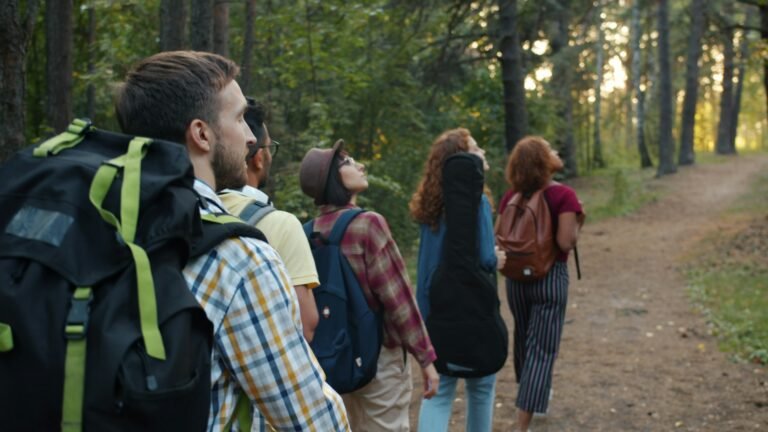Last updated: April 29, 2025
The first time I flew on a plane, I was a complete mess. I arrived three hours early (yes, for a domestic flight), clutching my printed confirmation like it was a golden ticket, and nearly had a meltdown when security asked me to remove my shoes. “My shoes? But I just tied them perfectly!” Clearly, no one had prepared me for the curious rituals of air travel.
If you’re about to embark on your maiden voyage through the clouds, take a deep breath. Flying isn’t nearly as complicated as your anxious brain might suggest—you just need someone to walk you through what actually happens at the airport. Consider me your virtual travel companion, here to demystify everything from check-in counters to boarding gates.
Before You Leave: The Pre-Airport Checklist
Before we dive into the airport experience itself, let’s talk about what happens before you even leave your house. Nothing induces panic quite like the 3 AM realization that you’ve forgotten something essential.
Documentation: Your Ticket to Actually Flying
First things first—you’ll need proper identification. For domestic flights within the US, a valid driver’s license or state ID will suffice. For international jaunts, you’ll need a passport (and possibly a visa, depending on your destination).
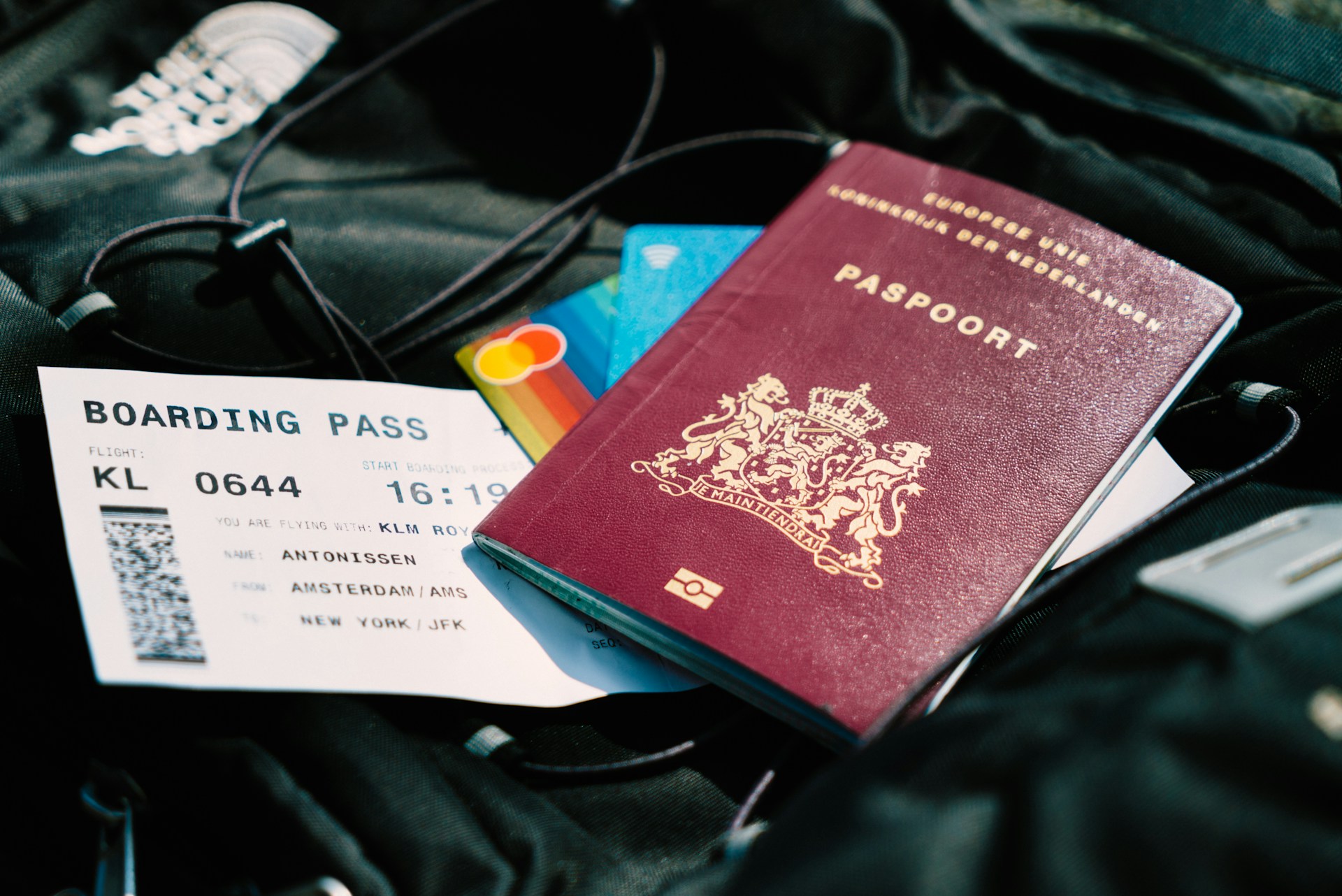
I once witnessed a poor soul reach the front of the check-in line only to discover his passport had expired three weeks earlier. The look of horror on his face haunts me to this day. Don’t be that person—check your documents well in advance.
As for your boarding pass, most airlines now offer mobile options through their apps. That said, I always recommend taking a screenshot of your boarding pass or having a printed version as backup. Technology has an uncanny ability to fail precisely when you need it most.
Packing: The Art of Restraint
Airlines have increasingly strict rules about baggage, and the fees for overweight luggage can be eye-watering. Most carriers allow one carry-on bag (which goes in the overhead bin) and one personal item (which fits under the seat in front of you).
Here’s a quick guide to what shouldn’t go in your carry-on:
- Liquids over 3.4 ounces (100ml)
- Sharp objects (scissors, pocket knives)
- Firearms or weapons (obviously)
- Full-size sporting equipment
I learned this lesson the hard way when security confiscated my expensive face cream because it was 4 ounces. Four. Ounces. The TSA agent didn’t seem to appreciate my tearful explanation about how it was “imported from France” and “cost half my rent.”
Airport Arrival: Timing Is Everything
How early should you arrive at the airport? For domestic flights, the general wisdom is two hours before departure. For international flights, make it three. But context matters—flying out of LaGuardia on a Monday morning will require more buffer time than departing from, say, Bozeman, Montana on a Tuesday afternoon.
Getting to the Airport: Options and Strategies
Unless you have a very generous friend willing to brave airport traffic, you’ll likely use one of these methods:
- Airport parking: Convenient but potentially expensive for longer trips
- Rideshare services: Reliable but surge pricing can be brutal during peak hours
- Public transportation: Often the cheapest option, if available
- Airport shuttles: Many hotels offer these complimentary services
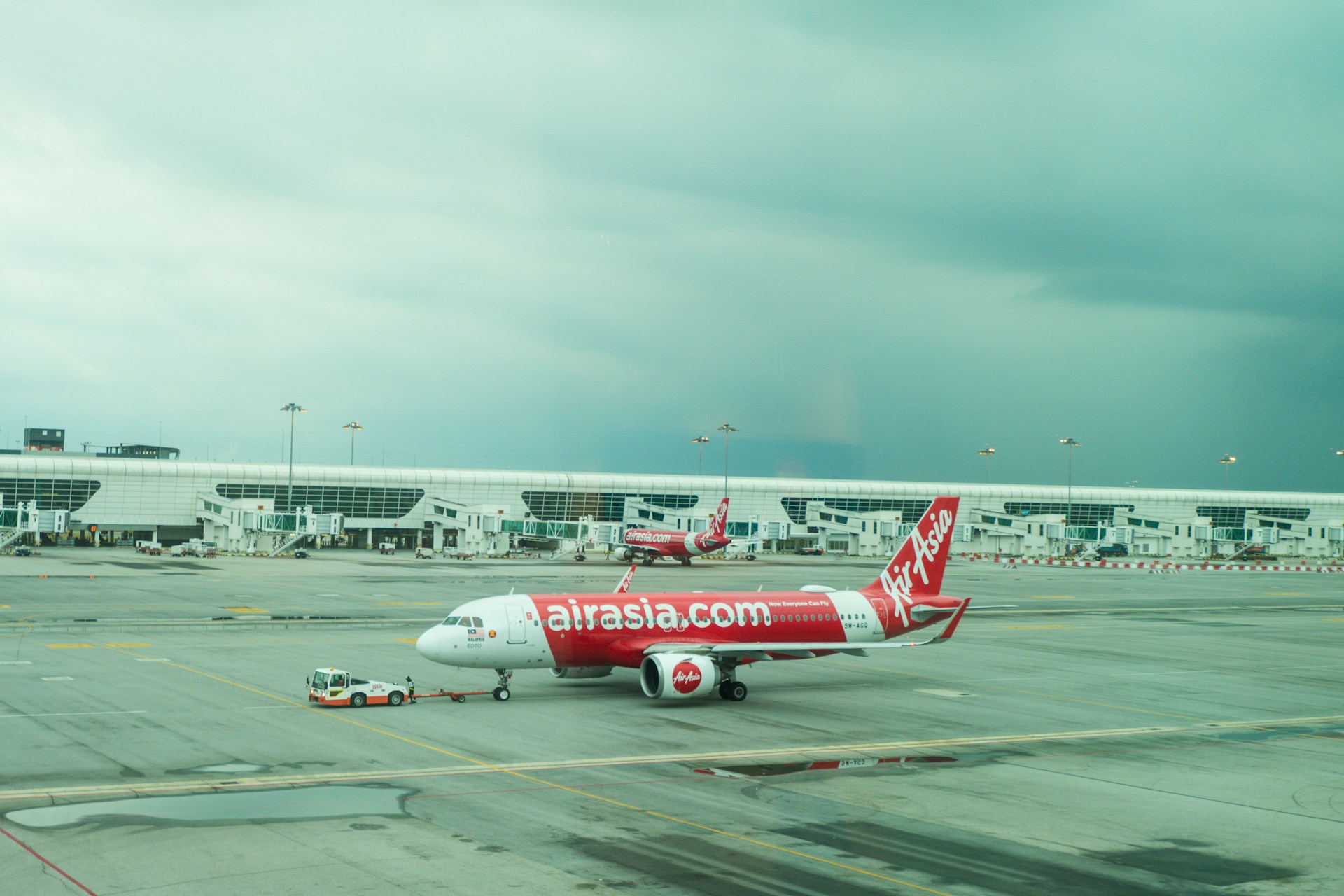
I’ve had my share of transportation disasters, including the time my rideshare driver confidently announced “I know a shortcut” thirty minutes before my flight. Spoiler alert: it wasn’t a shortcut, and I made my flight by approximately 45 seconds.
The Check-in Process: Your First Airport Hurdle
Upon arrival, your first destination is the check-in counter or kiosk. Many airlines now encourage online check-in 24 hours before your flight, which I highly recommend. It’s faster, and sometimes the only way to select your seat without paying extra.
If you have luggage to check, you’ll need to visit the counter or use a self-service kiosk, even if you’ve checked in online. Look for your airline’s logo and join the appropriate line. Once there, you’ll:
- Present your ID and confirmation number
- Check any luggage (and pay any applicable fees)
- Receive your boarding pass (if you don’t already have it)
The check-in agent will weigh your luggage, attach a routing tag, and send it on a fascinating behind-the-scenes journey that—if all goes well—will end with it appearing on the baggage claim carousel at your destination.
Security Screening: The Necessary Evil
Ah, security—the part of airport travel that makes everyone simultaneously grateful for safety measures and irritated by the process. Here’s what happens:
The Preparation Dance
As you approach the security checkpoint, you’ll need to:
- Have your ID and boarding pass ready
- Remove your shoes, belt, and sometimes jewelry
- Take your laptop and liquids out of your bag
- Empty your pockets of metal objects
I’ve developed what I call my “security strip routine”—a practiced sequence of movements that prevents me from becoming the person frantically emptying their pockets while 50 people sigh dramatically behind them.
The Screening Itself
You’ll walk through either a metal detector or a body scanner, while your belongings travel through an X-ray machine. If something triggers an alert, you might receive a pat-down or have your bag inspected more thoroughly.
Pro tip: Wear easily removable shoes and socks without holes. The day I discovered my big toe poking through my sock while standing shoeless in the security line was the day I started traveling with emergency backup socks.
The Terminal: Your Pre-Flight Village
Once through security, you’ve reached the terminal—a strange microcosm with its own economy, social rules, and overpriced bottled water. Check your boarding pass for your gate number and the departure screens to confirm it hasn’t changed.
Terminal Amenities: Making the Wait Bearable
Modern airports have evolved into shopping malls with airplanes attached. You’ll find:
- Restaurants ranging from fast food to surprisingly decent sit-down establishments
- Shops selling everything from basic necessities to luxury goods
- Lounges (if you have access through your ticket class, airline status, or certain credit cards)
- Charging stations for your electronics
- Water fountains to fill your empty water bottle (yes, bring an empty one through security!)
The Gate Area: Your Final Waiting Room
Eventually, you’ll make your way to your assigned gate. This is where you’ll wait until boarding begins. Most gates have seating areas, departure information screens, and desk agents who can assist with questions or issues.
I’ve found that gates follow a predictable social pattern: first, everyone sits as far away from each other as possible. As the area fills, people reluctantly begin sharing armrests. By boarding time, you’re practically in the lap of the stranger beside you, pretending not to notice they’re eating tuna salad at 7 AM.
The Boarding Process: Method in the Madness
About 30-45 minutes before departure, boarding will begin. Airlines typically board in groups or zones, which will be indicated on your boarding pass. First and business class passengers, those with airline status, and passengers needing special assistance usually board first.
When your group is called, you’ll:
- Line up with your boarding pass and ID ready
- Have your documents scanned by the gate agent
- Walk down the jetway (that tunnel thing) to the airplane
- Find your assigned seat
A word of warning about overhead bin space: it fills up quickly. If you’re in the last boarding group, you might have to check your carry-on at the gate (usually for free, at least).
On the Plane: Your Home for the Journey
Finding your seat is usually straightforward—aircraft have clearly marked row numbers and seat letters. The window seat is typically A or F, the middle is B or E, and the aisle is C or D, depending on which side of the plane you’re on.
Settling In: The Pre-Flight Ritual
Once at your seat:
- Stow your larger carry-on in the overhead bin
- Keep your smaller personal item under the seat in front of you
- Buckle your seatbelt so flight attendants can see it
- Turn your phone to airplane mode
The flight attendants will perform a safety demonstration that most frequent flyers ignore but you, as a first-timer, should absolutely watch. It covers emergency exits, oxygen masks, life vests, and other “things you hope you never need to know but really should.”
Takeoff and Landing: The White-Knuckle Parts
For many first-time flyers, takeoff and landing generate the most anxiety. During takeoff, the acceleration pushes you back in your seat as the plane gains speed and eventually lifts off the ground. You might feel a bump as the landing gear retracts, and your ears might pop as the cabin pressurizes.
Landing involves the reverse—ears popping as you descend, the sensation of slowing down, and then the bump (sometimes gentle, sometimes…less so) as the wheels touch down.
My personal strategy involves a weird little ritual: I count to 100 during takeoff and imagine the plane being lifted by thousands of tiny, very strong butterflies. It makes no sense, but it works for me—find whatever mental trick helps you stay calm.
Arrival: You Made It!
Once you’ve landed and the plane has reached the gate:
- Wait for the seatbelt sign to turn off before standing
- Retrieve your items from the overhead bin (carefully—stuff shifts during flight)
- Follow the crowd through the jetway into the arrival terminal
- For international flights, proceed to immigration and customs
- Head to baggage claim to collect any checked luggage
That moment when your bag appears on the carousel? Pure traveler’s joy. I don’t care how sophisticated or well-traveled you become, watching for your luggage is always at least mildly suspenseful.
Conclusion: From Nervous Novice to Confident Flyer
Your first flying experience might feel overwhelming, but remember that millions of people navigate airports successfully every day. The process—check-in, security, gate, boarding, flying, arrival—quickly becomes routine.
Before long, you’ll be the seasoned traveler helping some nervous first-timer find their gate, sharing your own wisdom, and perhaps even developing your own travel quirks and superstitions. (I still won’t board without a pack of gum and my “lucky” travel socks, despite having flown hundreds of times.)
So take a deep breath, double-check your documents, and get ready for your first adventure in the skies. The world is waiting, and it looks pretty spectacular from 35,000 feet.
Frequently Asked Questions About First-Time Flying
How early should I get to the airport for my first flight?
For domestic flights, arrive at least 2 hours before departure. For international flights, make it 3 hours. During peak travel seasons or at busy airports, add an extra 30 minutes to be safe.
What ID do I need to fly domestically in the US?
Adults 18 and over need a valid government-issued photo ID such as a driver’s license or passport. Starting May 7, 2025, you’ll need a REAL ID-compliant license or another acceptable form of ID for domestic air travel.
Can I bring food through airport security?
Yes, solid food items are allowed through security. However, liquids or foods with high liquid content (yogurt, sauce, etc.) must follow the 3-1-1 liquids rule or be packed in checked luggage.
What happens if I miss my flight?
Contact your airline immediately. Many airlines have a “flat tire rule” that allows rebooking if you arrive within a certain time frame after your scheduled departure. Policies vary by airline.
How do I know which terminal to go to?
Your airline will specify the terminal on your boarding pass or in your confirmation email. You can also check the airport’s website or the airline’s app for this information.
What shouldn’t I wear for my first flight?
Avoid complicated shoes with laces, excessive metal accessories, and restrictive clothing. Opt for comfortable layers, slip-on shoes, and minimal metal items to make security screening easier.
Can I use my phone on the plane?
You can use your phone in airplane mode during the flight. Many flights now offer Wi-Fi for an additional fee, though connectivity varies by airline and route.
What if I’m afraid of flying?
Inform the flight attendants about your anxiety—they’re trained to help nervous passengers. Consider relaxation techniques, anti-anxiety medication (consult your doctor first), or distraction methods like movies or music.
How do I find my baggage after the flight?
Follow signs to the baggage claim area after exiting the secured part of the terminal. Check the display screens to find which carousel will have bags from your flight.
What happens during turbulence and is it dangerous?
Turbulence is normal air movement that makes the plane bump or shake. While uncomfortable, modern aircraft are designed to handle turbulence safely. Always keep your seatbelt fastened when seated.
Essential Travel Products for First-Time Flyers
- Samsonite Omni PC Hardside Expandable Luggage – Samsonite Official Durable, lightweight spinner luggage that meets most airlines’ carry-on size restrictions.
- Bose QuietComfort Earbuds – Bose Official Premium noise-canceling earbuds that block out engine noise and crying babies alike.
- Lewis N. Clark RFID-Blocking Neck Stash – Amazon Discreet under-clothing pouch for keeping your passport and important documents secure.
- Cabeau Evolution S3 Travel Pillow – Cabeau Official Memory foam neck pillow that actually supports your head and prevents awkward sleeping positions.
- Anker PowerCore 20100mAh Portable Charger – Anker Official High-capacity power bank that can charge your phone multiple times during long travel days.
- Compression Socks by Physix Gear – Physix Gear Sport Reduces swelling and improves circulation during flights, especially important for long-haul journeys.
- Hydro Flask Travel Water Bottle – Hydro Flask Insulated bottle that keeps water cold throughout your journey and can be refilled after security.
- Flight 001 Clear Zip Pouch Set – Flight 001 TSA-approved clear toiletry bags that make security screening faster and easier.
- Apple AirTag – Apple Bluetooth tracker that helps you locate checked baggage if it goes missing.
- Kindle Paperwhite – Amazon Lightweight e-reader that can hold thousands of books for in-flight entertainment.
- Travel Insurance by World Nomads – World Nomads Comprehensive travel insurance covering flight cancellations, medical emergencies, and lost luggage.
- TripIt Pro App – TripIt Travel organizing app that consolidates all your reservations and provides real-time flight alerts.
- Trtl Pillow – Trtl Travel Innovative neck support that’s more comfortable than traditional travel pillows.
- Slip Pure Silk Sleep Mask – Slip Luxurious silk eye mask that blocks light without putting pressure on your eyes.
- Everlane The ReNew Transit Backpack – Everlane Sleek, organized backpack perfect as a personal item with dedicated laptop and document sleeves.
